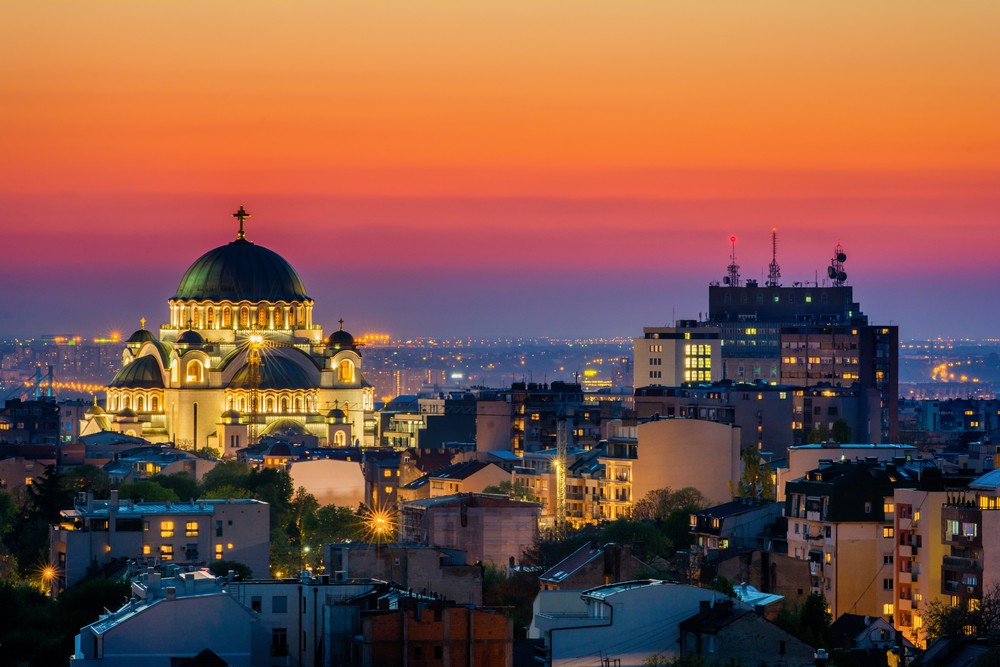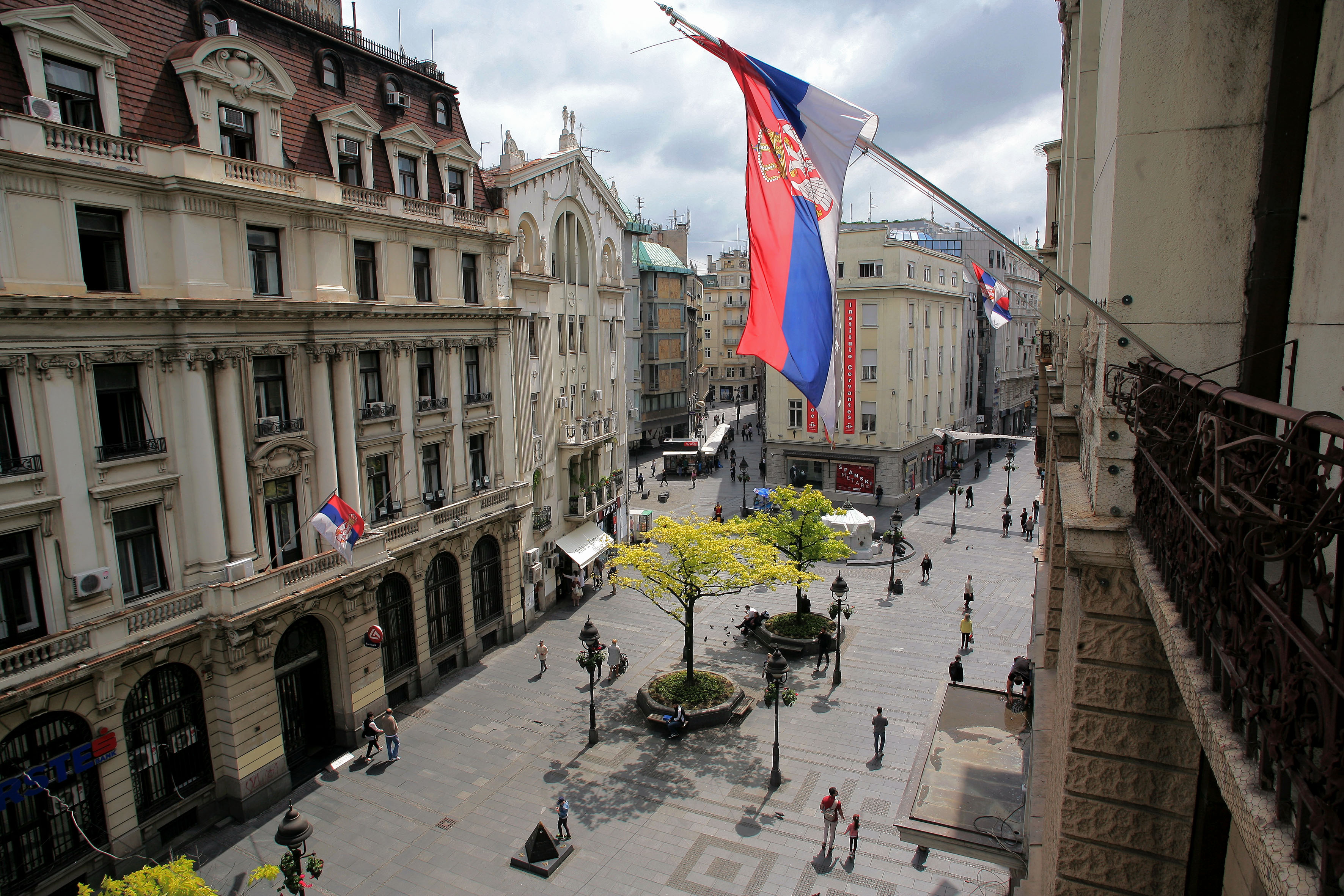

Belgrade is a city where entire worlds collide and merge, a city where traces of ancient times mix with the medieval and modern.
Built at the confluence of the Danube and the Sava, it was simply destined to be the center of cultural and historical events in the Balkans.
Many battles have been fought around the White City( serbian : Beo-grad ; eng : white-city ), it has been destroyed and rebuilt countless times, and as a result,it is now adorned with the spirit that can be found in its architecture, sights, in people and life in it. According to the 2016 census, Belgrade has a population of 1.374 million.
One of the oldest and most important streets in Belgrade, created in the late 70s of the 19th century, Knez Mihailova is the main testimony to the continuous duration and progress of the city. The street in which the remains of the ancient civilization were found has left the footsteps of the people from the Romans, through the Turks and the Austrians on its cobblestones for centuries until today. With the renovation of the Roman and the construction of a new water supply system in the first half of the 16th century, the conditions for the settlement of this street began to emerge. The Turks are building mosques with busy neighborhoods, but after the arrival of the Austrians they were demolished in order to give the street a new look in accordance with the coming time.


You won't believe it, but this fortress was built in the first century, first as a wooden palisade with earthen ramparts, and for centuries it developed into a Roman castrum, a Byzantine castle, a medieval fortress and finally an Austrian artillery fortification. Located within the Kalemegdan Park, this fortress has an upper and lower town with a handful of cultural and historical institutions such as the Military and Natural History Museum, the Observatory, the Victorian , the Zoo, churches and the Tomb of National Heroes.
Kalemegdan is a favorite place of all Belgraders with the most beautiful view of the confluence of the Sava and Danube. His trademark is "Pobednik" ( eng. The Victorian ), as well as many greenery, benches, monuments and flowers. Rarely has anyone visited Belgrade without stepping on Kalemegdan.
At first, it was thought that the place where the temple was built in Belgrade was the place where Kodza Sinan-pasha burned the relics of Saint Sava in 1594. Later, the research established that it did not happen in this place. The Church of Saint Sava is the largest Orthodox church in the Balkans. Built in the Serbian-Byzantine style, with a gilded cross on top of the temple, this church can accommodate 10,000 believers and a choir of 800 choristers.
The Church of the Holy Emperor Lazar, with an area of about 1,800 m2, was built under the temple, with the treasury of Saint Sava and the crypt of the Patriarch of the Serbian Orthodox Church, in which it is planned to bury the deceased patriarchs.
